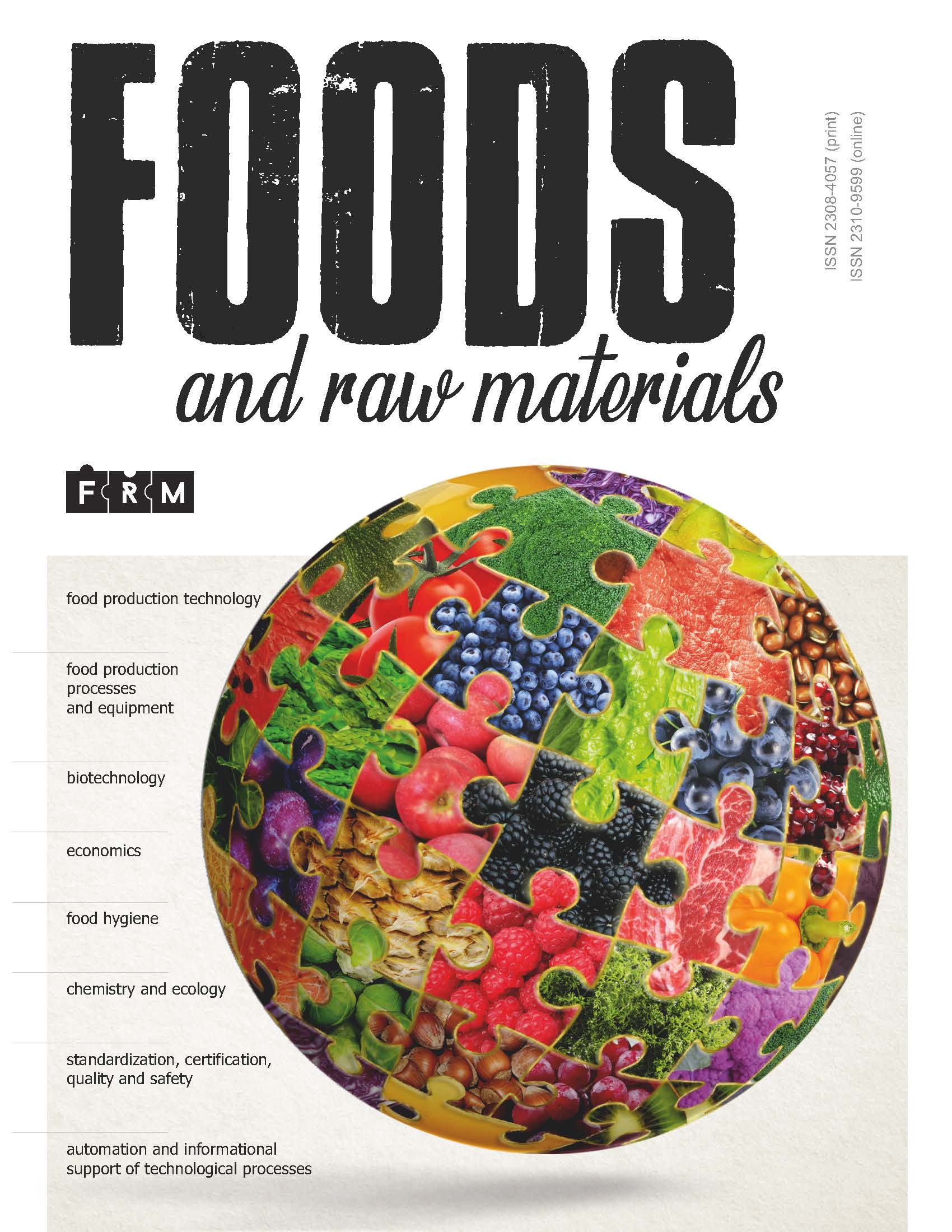Кемерово, Кемеровская область, Россия
Human life largely depends on the way nutrition
affects our health. This fact explains the relevance
of modeling multicomponent food products with
preplanned nutritional and energy value. Designing
Multicomponent Food Products was written by
A.B. Lisitsyn, I.M. Chernukha, and M.A. Nikitina
(Moscow, 2020). The book features such urgent
problem of modern biotechnology as the basic aspects
of multicomponent food design. The publication is
intended for specialists in the field of food industry,
biotechnology, food chemistry, nutritional science, and
biomedicine, as well as for experts involved in design
and technology of healthy, preventive, and personalized
diets.
Biotechnology is currently getting extremely popular
both in Russia and abroad. The authors believe that
breakthrough science-intensive technologies will be
able to provide the population with healthy and proper
nutrition. Studies of the interaction of various nutrients
and their effect on human health make it possible to
determine the specifics of proper nutrition and identify
the patterns of vital biophysical, biochemical, and
energy mechanisms.
The book owes its scientific novelty to the
comprehensive analysis of theoretical and practical
aspects of multicomponent food design. The authors
used advanced mathematical models that regulate the
stages of functional food development. The method
allowed the team to describe the changes in the chemical
composition of the formulations, depending on the
ingredient ratio and standards. This approach makes
it possible to replace technological experiments with
mathematical modeling.
The modern food industry includes thousands
of raw materials, each with its own characteristics
and functional, technological, physicochemical,
and organoleptic profile. These parameters require
systematization in order to optimize the design process.
The research has a distinct interdisciplinary
character and unites biomedicine with theoretical and
practical (digital) biotechnology. The textbook presents
a theoretical summary of various studies in the field
of food combinatorics. The material presentation
is well-structured; it moves from general theory of
biotechnology and food combinatorics to specific
examples of formulation design for certain food
products according to preplanned criteria. The chapters
are arranged in such a way that they provide a clear
systematic view of the functional food design.
The first chapter is entitled Issues of International
Food Regulation and Related Laws. It features the
existing nutrition strategies in the European Union,
Russia, Great Britain, and the USA. It introduces
the reader to the main issues of the book, its basic
theoretical principles and concepts. The chapter shows
how these concepts are being implemented nowadays
and what they lead to.
The second chapter is A Review of Design Methods
for Multicomponent Food Products. It examines the
main findings and research results in the development of
domestic food combinatorics. It traces the history of this
science from its origins to the works of contemporary
scientists. The authors analyzed publications that feature
the principles and methods of designing the formulations
of balanced food products. The initial stage included
the development of theoretical foundations and specific
methods of balanced food production. This stage was
associated with the formalization of qualitative and
quantitative ideas about the rational use of essential
amino acids in the technology of adequate exotrophy.
Nowadays, food product development includes not
only nutritional and biological value but also medical,
technological, economic, and social factors.
The third chapter, Principles for the Development
of Adequate Human Nutrition, describes the laws
of nutritional science, or nutritiology. It introduces
the basics of human nutrition, depending on social
factors (age, gender, workload, etc.) and various noncommunicable
diseases (alimentary-dependent diseases
and socially significant non-communicable diseases).
The authors see a need in a new scientific approach
that they call digital nutrition. They believe that digital
nutrition will deal with the digital transformation of data
on physiological needs, biologically active substances,
energy, and the chemical composition of basic food
products. Specialists in digital nutrition will design
computer programs that will develop personalized diet
recommendations.
The fourth chapter, Food Design, outlines the
main stages of multicomponent food design as a
fundamentally new direction in food industry. It reveals
the principles of food combinatorics and the stages of
designing new formulations for multicomponent foods.
The fifth chapter is entitled Cluster Analysis for
Typology of Food and Dishes. It introduces cluster
analysis with its principles and methods.
The sixth chapter, Examples of Computer-Aided
Design of Multicomponent Food Products, features
designing a new formulation based on the optimal cost
criterion, foods for anemia prevention, meat dietary
products fortified with calcium, and curd products based
on the energy value criterion.
The language of the book is clear, consistent, and
laconic, which ensures effective comprehension. The
authors use the essential terminology that shapes the
scientific apparatus of future specialists. The good use
of general vocabulary helps clarify the material and
examples.
The information is well-structured; the main ideas
and definitions are visually highlighted. The educational
material includes a wide range of data visualization
tools, namely diagrams, charts, tables, formulas, figures,
infographics, etc.
The authors achieve their goals by analyzing
theoretical material and giving specific examples
of computer design of various multicomponent
food products. The means and methods of material
presentation correlate with the goals. The list of
references and recommended sources includes relevant
domestic and foreign scientific literature.
In general, Designing Multicomponent Food
Products by A.B. Lisitsyn, I.M. Chernukha, and
M.A. Nikitina provides its readers with a systematic
understanding of the scientific and applied aspects of
multicomponent food design. The book contributes
to the fundamental training of professionally oriented
specialists with deep knowledge in the field of
biotechnology and nutritional science.











